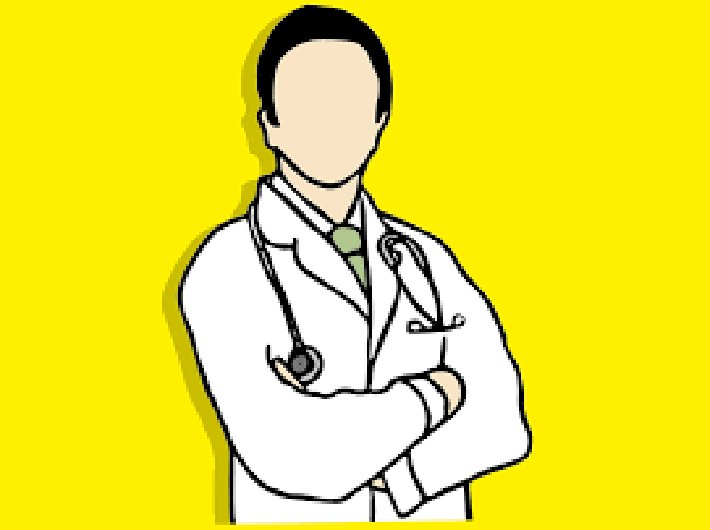Asking Indian system of medicine doctors to double up as allopathy experts not feasible unless it’s supported by years of monitoring, evaluation and clinical trials
Lancet journal on health has asked the Indian government against taking a hasty step on the haphazard integration of the Indian system of medicine (Ayush) with the modern medicine based on allopathy to overcome the acute shortage of doctors.
The journal that maps the global health issues points out that India has half the number of doctors and healthcare professionals – including nurses, midwives etc. – against the recommended numbers. It has about 12 allopathic doctors, nurses, and midwives per 10,000 people, while WHO recommends 25•4 workers per 10,000 population. The burgeoning state of the art healthcare centers opening in the urban areas have hugely raised the demand for doctors and it outstrips the supply from the medical colleges.
The article says that at present hospitals are recruiting Ayush doctors, who have no formal training in modern allopathic medicine, to fill vacancies. “Although they have little to no formal education in modern allopathic medicine, these doctors commonly staff wards and intensive care units in some of India's largest private hospitals, informally learning their trade by apprenticing on the job, unregulated and unmonitored by any professional medical organization,” it says.
The Lancet article has appeared at a time when the government is mulling abridged training programs for the Ayush doctors into allopathy so that they could fill in the gaps in the healthcare delivery system.
“The inclusion of Ayush providers in the delivery of allopathic medicine could be one of the largest task-shifting enterprises the Indian government undertakes. For it to achieve the desired effect on the delivery and quality of health care, its execution should be carefully planned,” the article says.
It points that the government’s attempts at linking the traditional and modern system of medicine so far have not been successful and predicts the Madhya Pradesh government’s offer of a three-month course to Ayush doctors to get into allopathy would be met with resistance from the allopathic professionals. It reminds the government that already two such programmes; one in Gujarat wherein MBBS doctors were trained in obstetrics and in Chattisgarh wherein they were asked to double up as anaesthetists have since been discontinued.
The Medical Council of India and Indian Medical Council have opposed the move at making Ayush doctors get in the role in modern medicine and have approached the court.
The article says that while the integration of the two streams is necessary to fill in India’s serious gap’s in healthcare, these have to be done systematically and with after proper clinical evaluations. It proposes that the programe of training of Ayush doctors to practice allopathy be “reimagined as a task shifting initiative, rather than merely a jurisdictional battle of clinical privileges”. For this, it says, firstly the system should develop a consensus on the care provided by Ayush doctors that may or may not be in conflict with the allopathy.
It says the outcome of integrated healthcare should be evaluated in the basis of science and randomized clinical trial spanning over years and not be bound by the tight timelines set by the policymakers and leaders.
It says India should learn from the success of its task shifting schemes in basic healthcare wherein community health workers like ASHA (accredited social health activist) has changed the scene of health, nutrition and maternal and child mortality on the ground level.
The journal says that while governments – at the state and the centre- are seriously considering the idea of integration of Ayush with the mainstream medicine, there is a “need for a clear definition of clinical or public health objectives of such task shifting. Integration of disparate medical streams without due diligence and scientific rigour will put the wellbeing of millions of patients at risk. Integrated curricula might need to be highly protocolised, and clinical practice will probably be monitored and regulated with the aid of digital technology and health information systems”.


